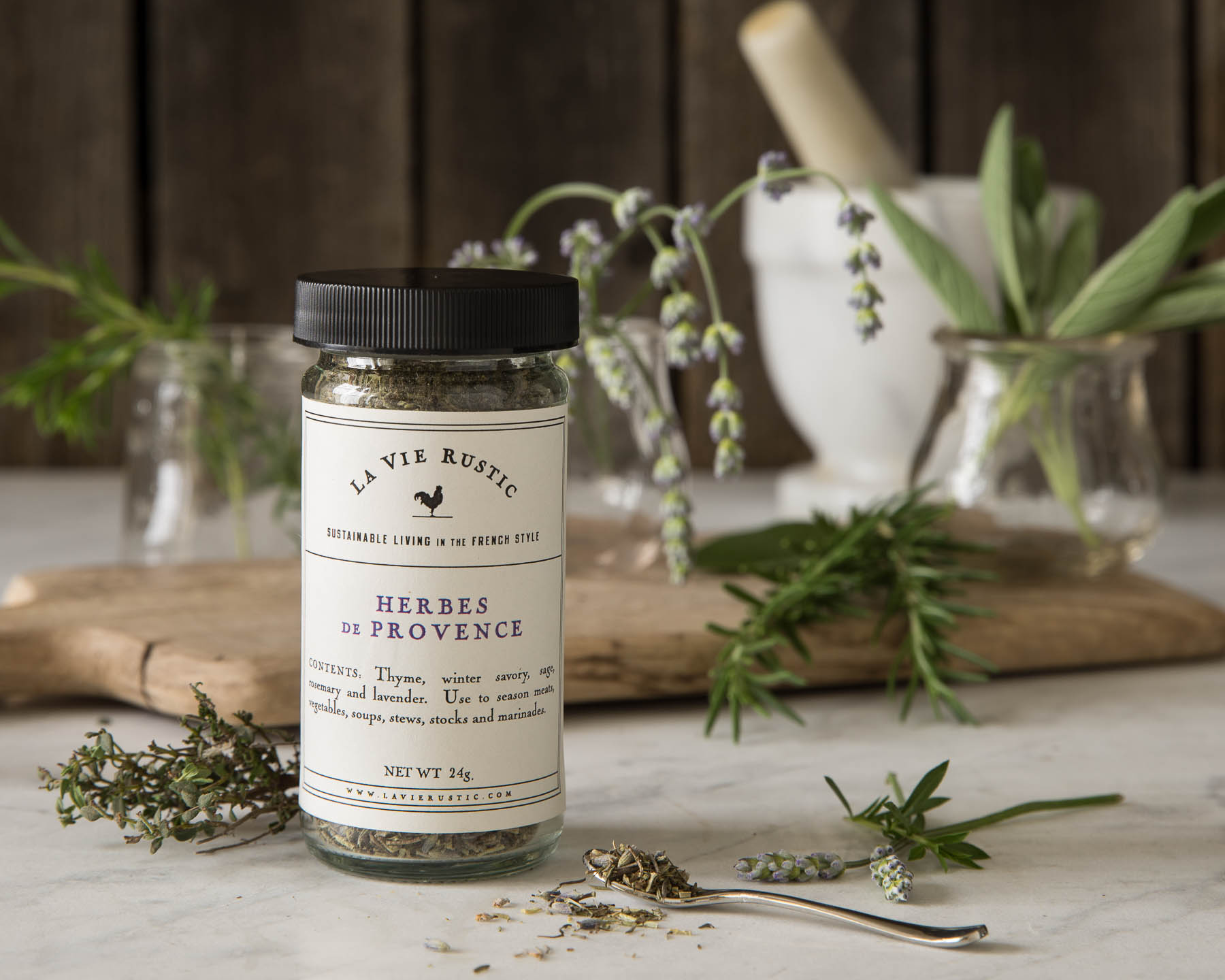
Tradition says that Provence’s thirteen desserts of Christmas Eve are symbolic of the Last Supper, when Christ last dined with his twelve apostles. Almonds, walnuts, figs, and raisins, part of the dessert, are called the quatre mendiants, or “four beggars” because the colors of the nuts and fruits symbolize the monks’ robes of the four religious orders that are vowed to poverty: almonds for the Carmelites, walnutss for the Augustinians, figs for the Franciscans, and raisins for the Dominicans. As time has passed, the religious significance of the thirteen desserts has waned, but the cultural importance endures.
The exact composition of the thirteen desserts various in different regions, even villages, of Provence, with one thing in common:: at least twelve of the desserts should be composed entirely of produits de terroir, locally grown ingredients, while the thirteenth can be something exotic, such as dates or tangerines. The evocative photo above, by Sara Remington, appears in La Vie Rustic – cooking and living in the French style (Weldon Owen 2017), and showcases figs, black and white nougat, dates, tangerines, quince paste, raisins, almonds, walnuts, and sweet biscuits. Often a fougasse, or bread made with olive oil will be included.
I like the idea of a simple dessert, composed of seasonal fruits and nuts, and maybe a confection or two like an almond and walnut tart. (See blog post Time for Tarts for the recipe)
The platters here are pewter, but La Vie Rustic’s Pistachio serving boards large and small, with a French vintage knife or tw
 o would be good choices, linking the past with the present.
o would be good choices, linking the past with the present.


